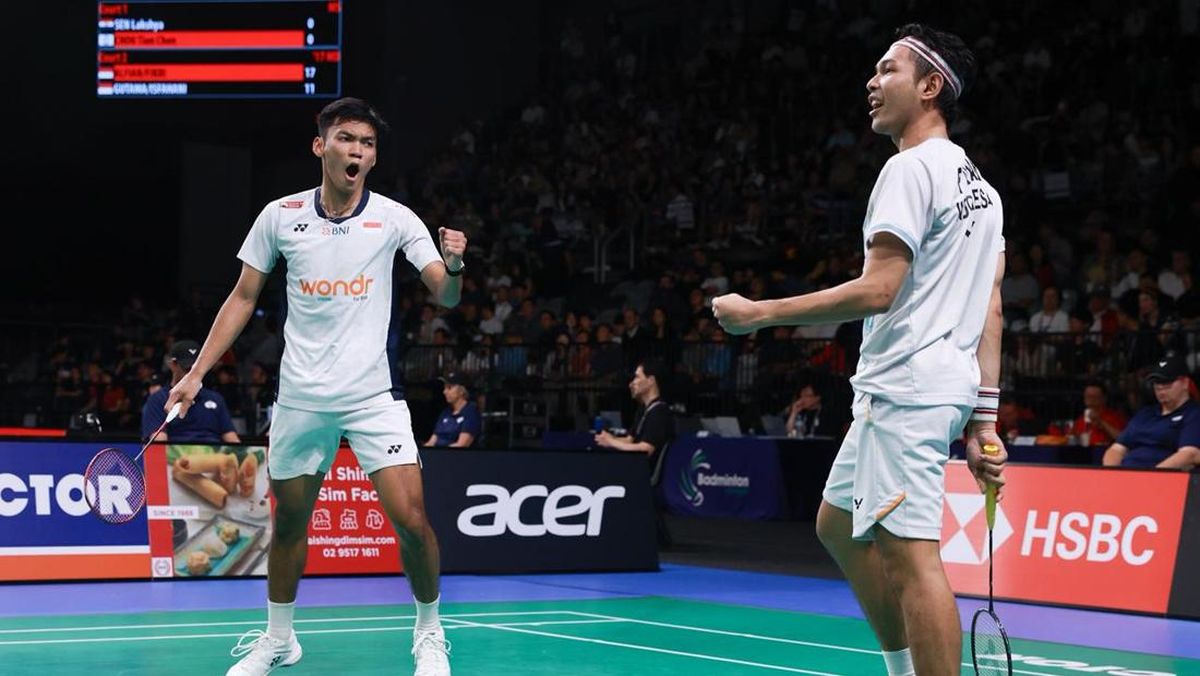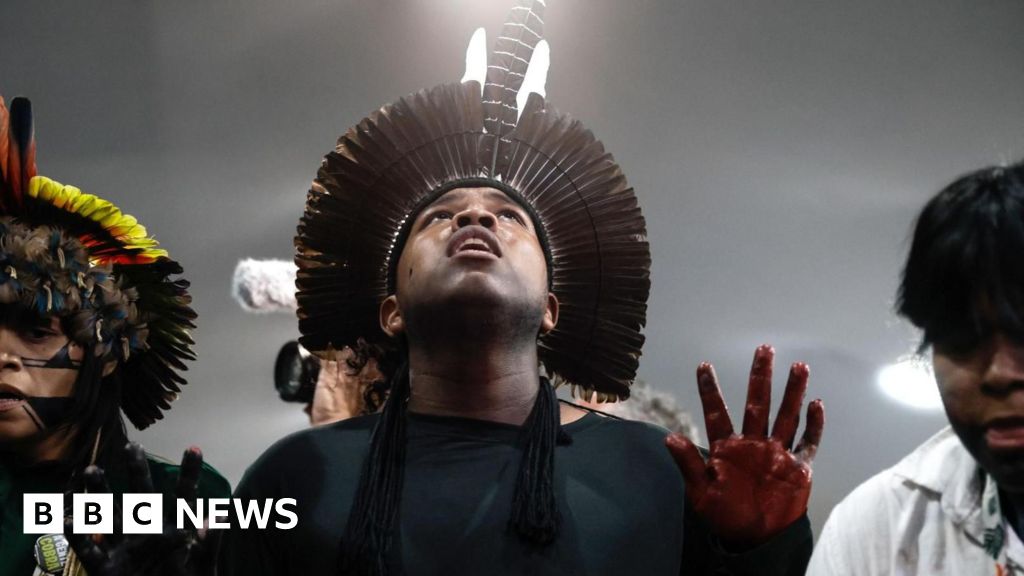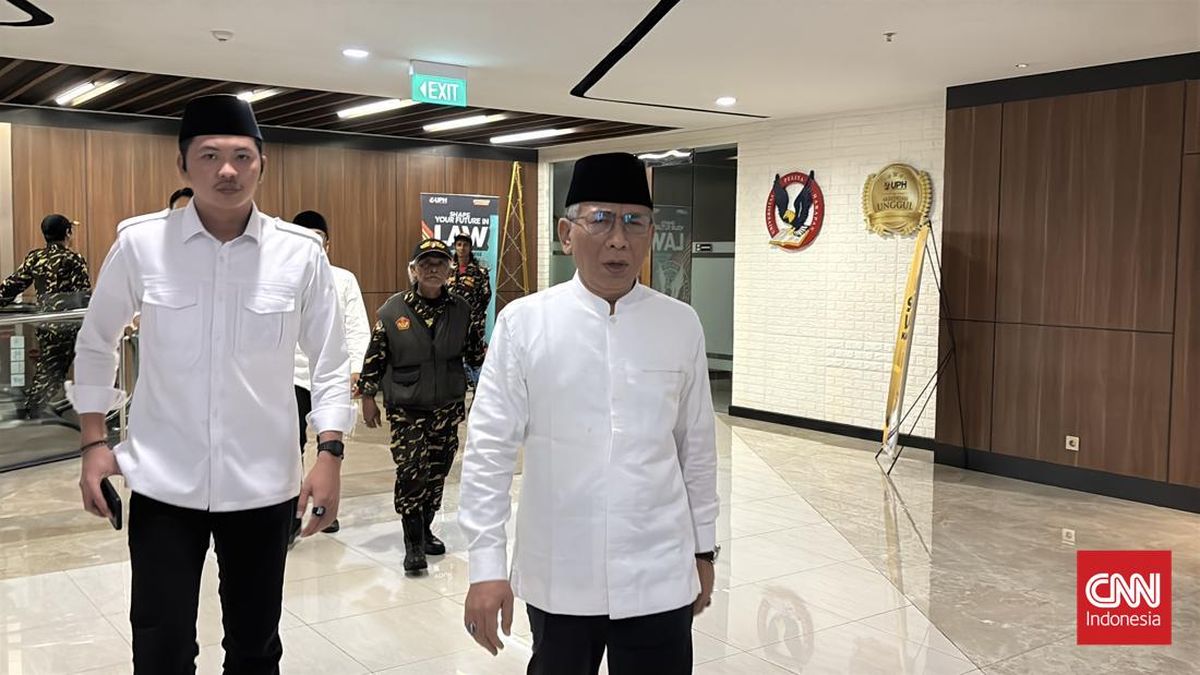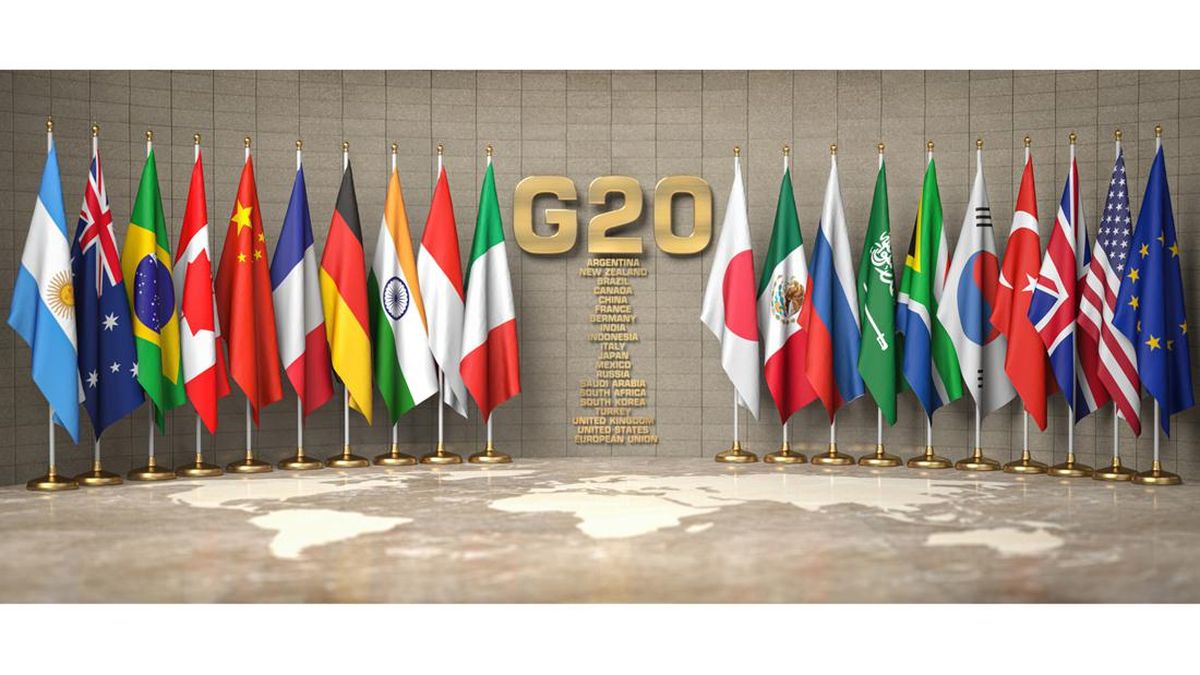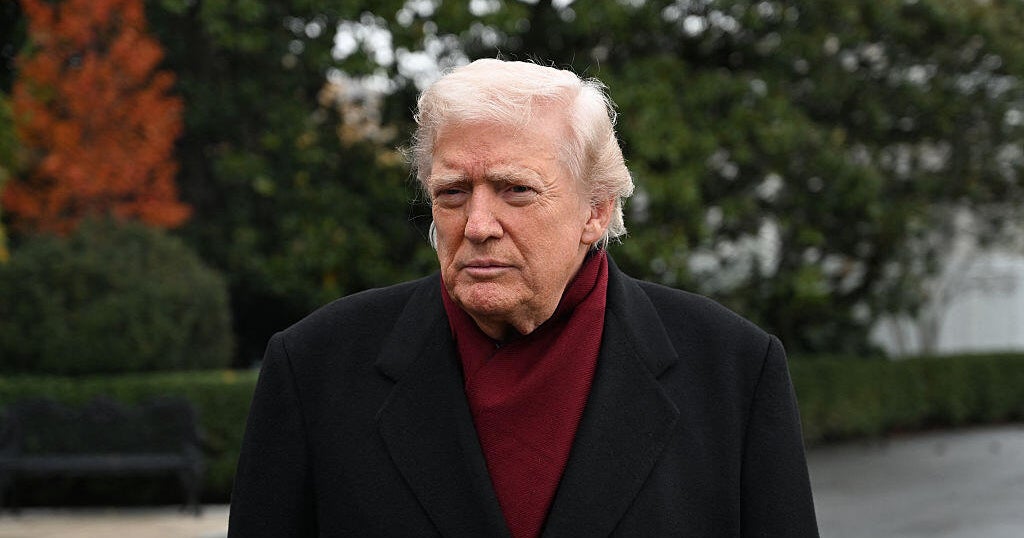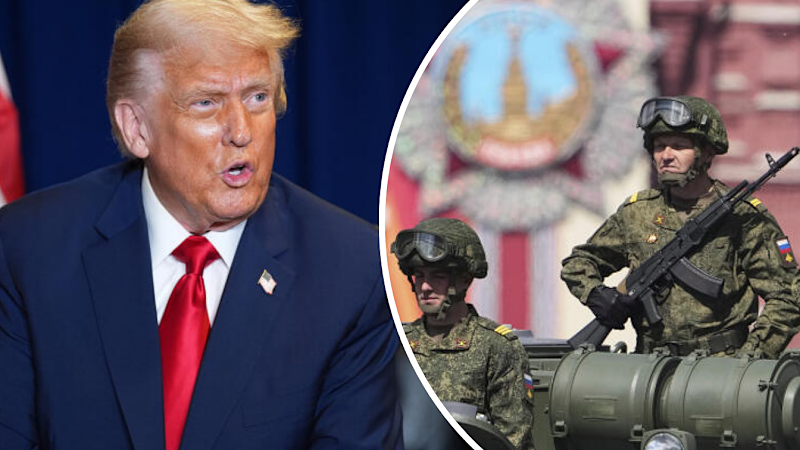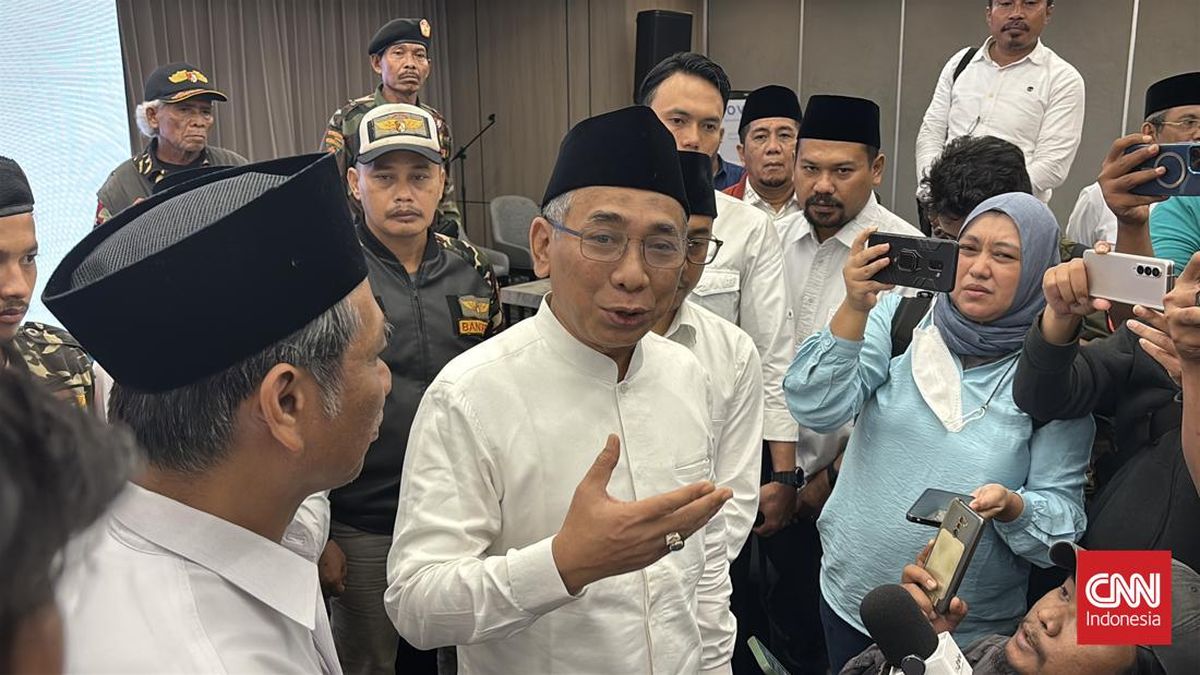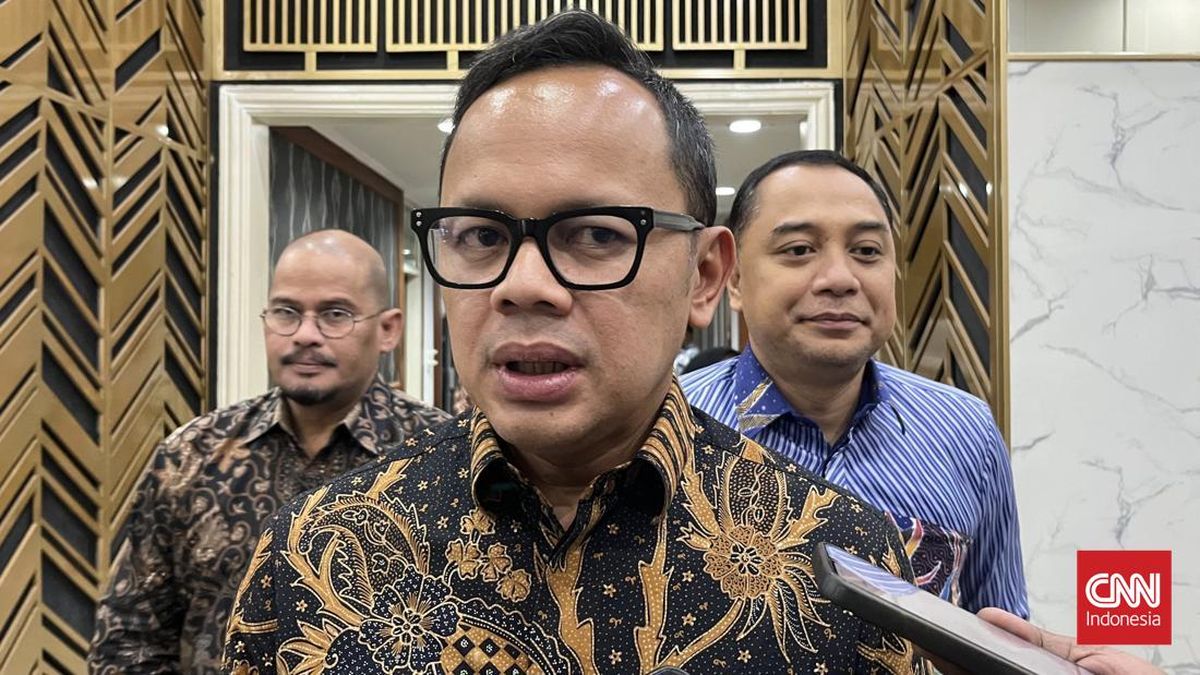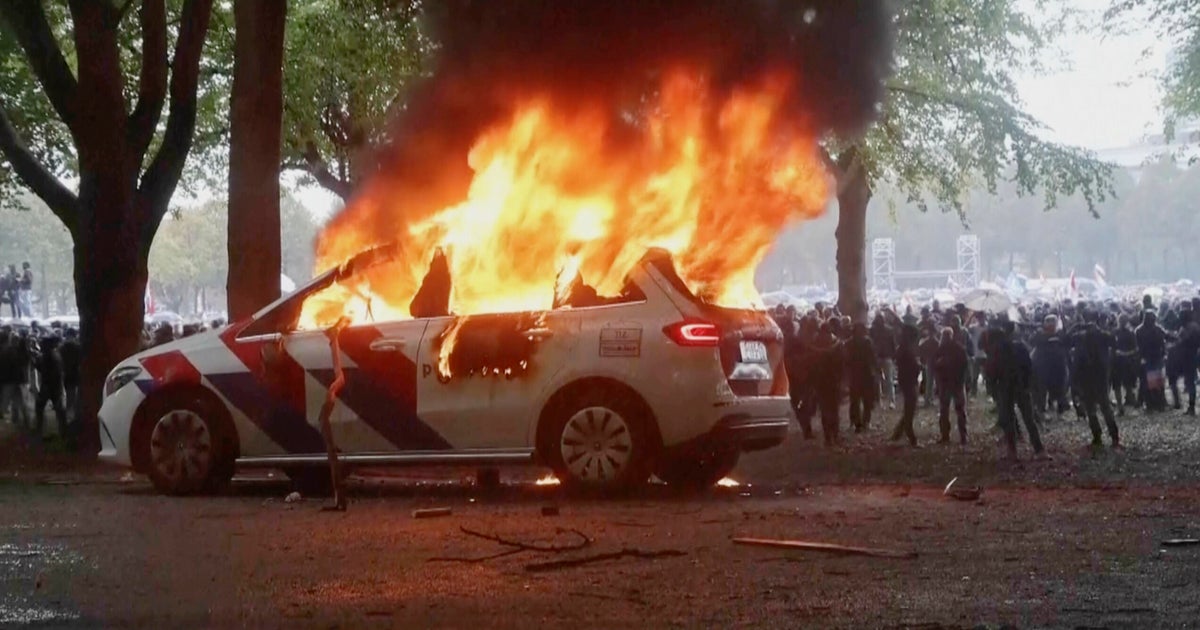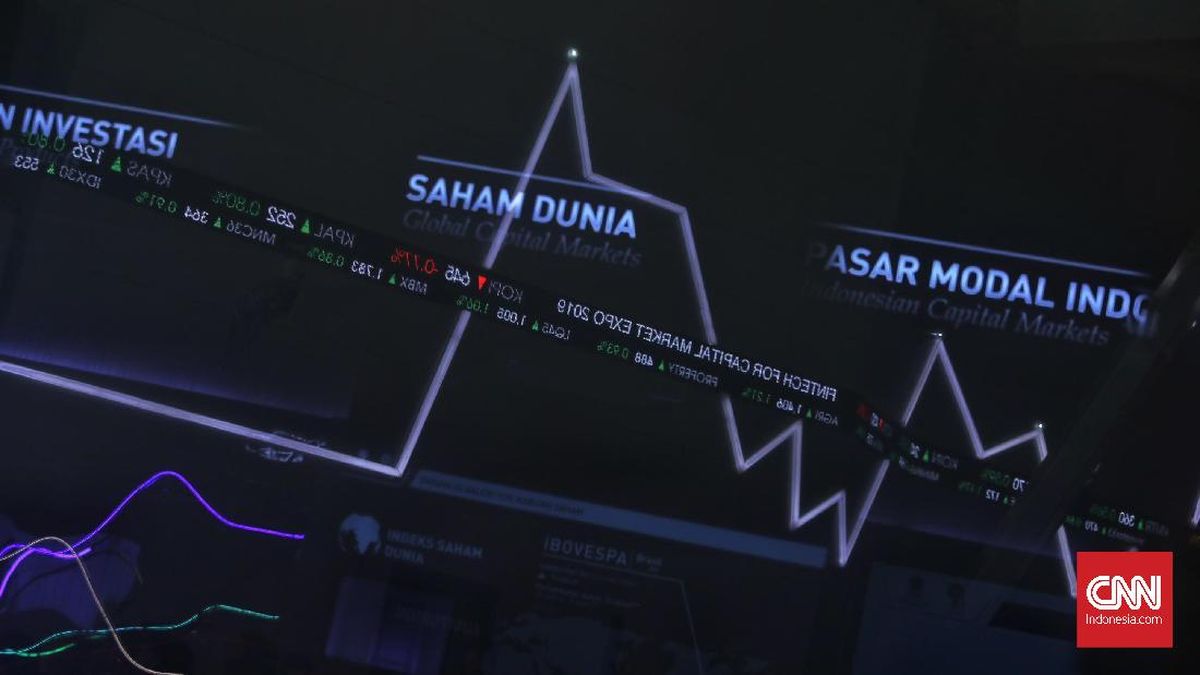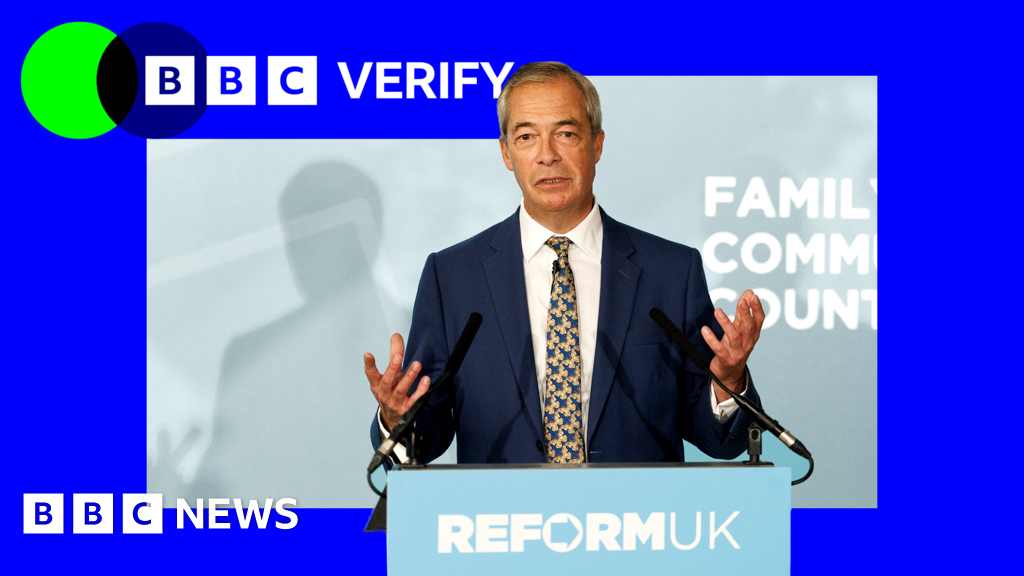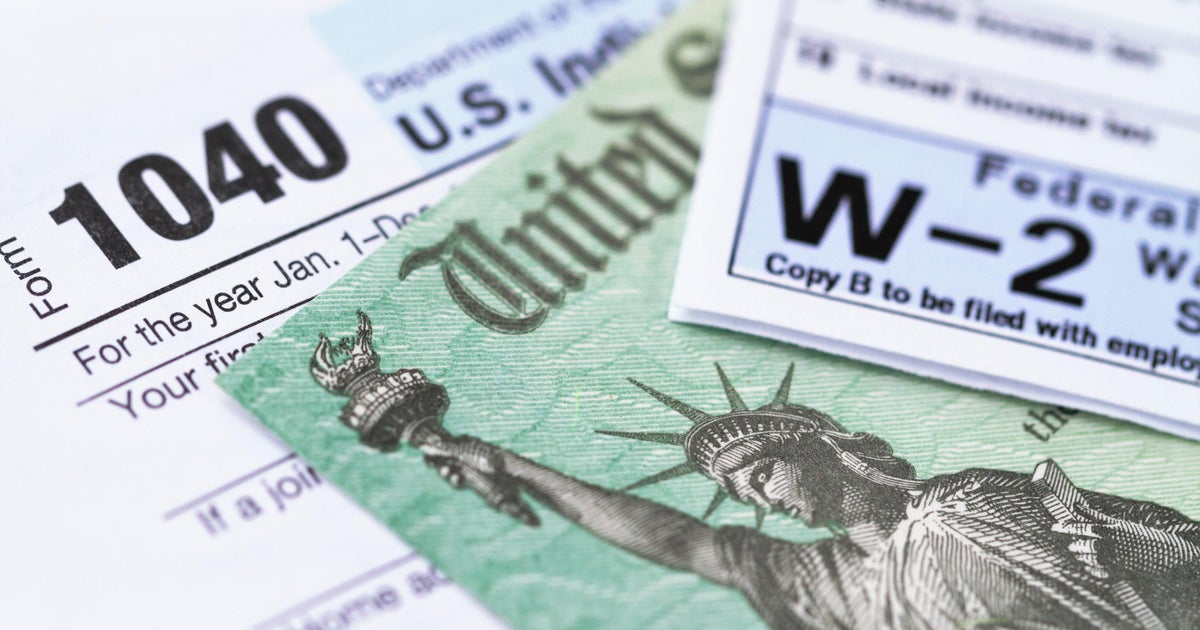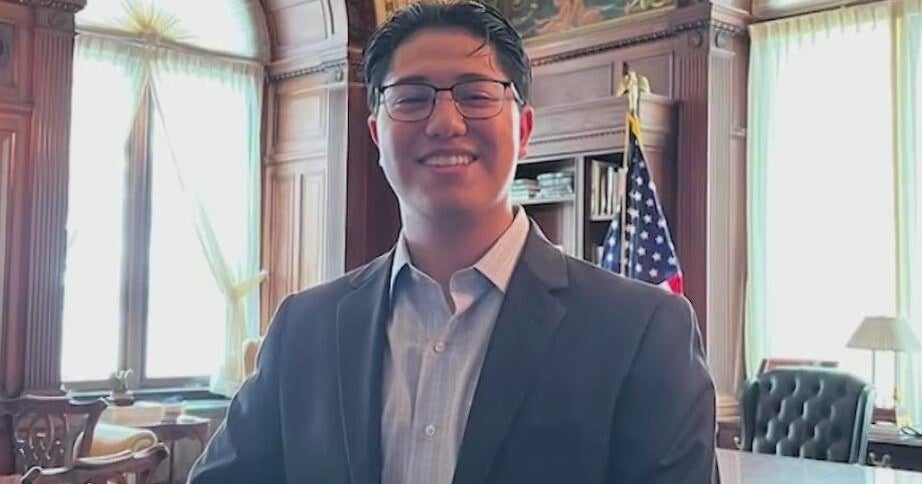The United States, China and European Union are pursuing radically different approaches in their scramble to develop their artificial intelligence sectors. That could exacerbate the risks in an inherently risky technology.
Last week, both the US and China unveiled the AI strategies that they hope will give them global leadership in the transformative technology.
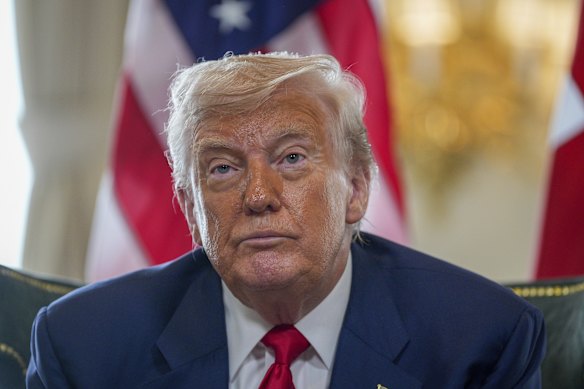
US President Donald Trump says America will do ‘whatever it takes’ to dominate AI.Credit: AP
In the US, Donald Trump signed three executive orders relating to AI, effectively abandoning the Biden administration’s cautious approach to the risks to society and individuals in favour of an open-slather “America First” accelerated dash for AI supremacy.
In its “action plan,” the administration outlined a strategy to make it easier, faster and cheaper for US technology companies to build the data centres needed to train AI models and get access to the vast amounts of energy required to power them.
Trump has directed the Federal Trade Commission to identify and remove any regulations that retard the development and deployment of AI and has told federal agencies to consider whether states have unfavourable AI regulations when awarding federal funding.
Loading
He has also ordered the Commerce department to cut any mentions of climate change or diversity, equity and inclusion from assessments of the risks associated with AI and instructed federal agencies not to procure large language AI models developed with what the administration refers to as “woke” inputs.
The administration is also weighing up whether it should make it legal for AI models to be trained on copyrighted material, which is a contentious issue, and one being heavily litigated by media and entertainment companies whose material is being used, generally without payment, by AI companies.
Trump said he wanted to provide clarity for US companies because Chinese companies don’t have to worry about copyright concerns.
Ominously for copyright holders, he said that AI companies had to be able to use “that pool of knowledge” without experiencing the complexity of contract negotiations.
The administration’s objective is to make America’s AI sector and its technologies the global standards for AI, exporting the technologies to its allies.
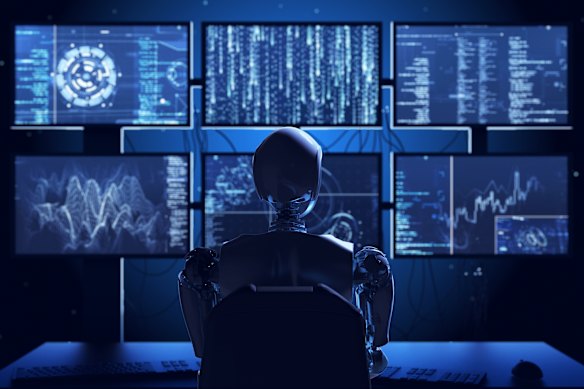
Given how world-changing and disruptive AI might be, and the pace at which AI developments are occurring, the stakes in this contest for AI leadership are extremely high.Credit: Getty
“We want the entire world to be running on American artificial intelligence stack. That is our cloud, our chips, our algorithms, all of that needs to be exported and packaged to the world so that we become the ecosystem of choice globally,” the White House science and technology director, Michael Kratsios, told Bloomberg.
China’s approach, or at least the approach it publicly stated last week at the World Artificial Intelligence Conference in Shanghai, is very different.
China’s premier, Li Qiang, said AI innovation was being hampered by bottlenecks, like access to semiconductors, that could lead to AI becoming an “exclusive game for a few countries and companies.”
Loading
“Currently, overall global AI governance is still fragmented. Countries have great differences, particularly in terms of areas such as regulatory concepts and institutional rules.
“We should strengthen coordination to form a global AI governance framework that has broad consensus, as soon as possible,” he said.
China has proposed creating a new international organisation to develop AI, arguing that AI has risks that require nations to collaborate.
Denied access by the US to the most advanced semiconductors, China has adopted an “open source” approach to AI, with its leading AI companies – companies like DeepSeek and Alibaba – making their large language models available to developers within and outside China as a strategy for fast-tracking a low-cost approach to developing AI and differentiating itself from Trump’s America First approach.
Beijing wants China, not the US, to influence international standards for AI and its AI companies to win a bigger proportion of the global AI market. It is placing a particular emphasis on the development of AI within the “Global South” group of loosely aligned countries that it has been working to bring within its sphere of influence.
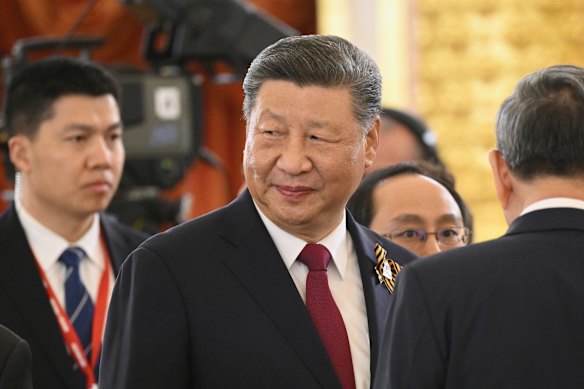
Xi Jinping is taking a different approach than Trump. Credit: AP
In the US, the race is on between the mega tech companies to develop artificial general intelligence (AGI), or human-level artificial intelligence. In China, Xi Jinping appears more focused on AI applications, or usages with practical applications for industries.
The two countries are therefore pursuing somewhat different AI goals, which might reflect the success of America’s export controls in denying China access to the most advanced chips and chip-making equipment required to pursue AGI. It might also be that China doesn’t believe AGI will be attainable within a reasonable timeframe.
In Europe, as you’d expect, the focus has been on heavily regulating AI, prohibiting some AI practices that manipulate behaviours or are exploitative: imposing rules on the use of AI in critical infrastructure, employment and other sectors regarded as high-risk and legislating in areas like the transparency of the data used for the models, the protection of copyright and the management of risks.
The competition between the US and China in particular, and the differing nature of their strategies might accelerate the development and deployment of AI, but it could also inflate the risks.
In Australia, where there aren’t yet any AI-specific regulations, the prevailing sentiment appears to be for “light touch” regulation, with safeguards.
Trump has effectively abandoned the safeguards the Biden regime tried to erect around the development of AI, essentially adopting the laissez-faire approach that most of the big US technology companies (which contributed heavily to his presidential campaign) have been lobbying for.
Having jettisoned Biden’s guardrails, he’s told the technology advisers in the administration that they have six months to come up with a new set of AI policies that support his plan to fast-track AI projects, boost US technology exports and expunge the “woke” out from AI.
He has said he will use every rule at his disposal to facilitate the building of AI infrastructure like data centres and chip-manufacturing plants and the energy infrastructure they require and use the US export-Import Bank and Development Finance Corp to help spread US AI technologies to other countries.
The US will do “whatever it takes to lead the world in artificial intelligence,” he said.
Given that those developing AI systems have themselves warned that it poses risks, not just to individuals but humankind, Trump’s deregulatory approach is itself risky.
Moreover, the competition between the US and China in particular, and the differing nature of their strategies might accelerate the development and deployment of AI, but it could also inflate the risks.
Loading
That could particularly be the case if one of the superpowers were to establish a clear lead in AI technologies and the other feared having to deal with the entrenched technological and geopolitical dominance of the winner of the race to become the global standard for AI.
Given how world-changing and disruptive AI might be, and the pace at which AI developments are occurring, the stakes in this contest for AI leadership – not just for the US and China – are extremely high.
Get news and reviews on technology, gadgets and gaming in our Technology newsletter every Friday. Sign up here.
Most Viewed in Technology
Loading




